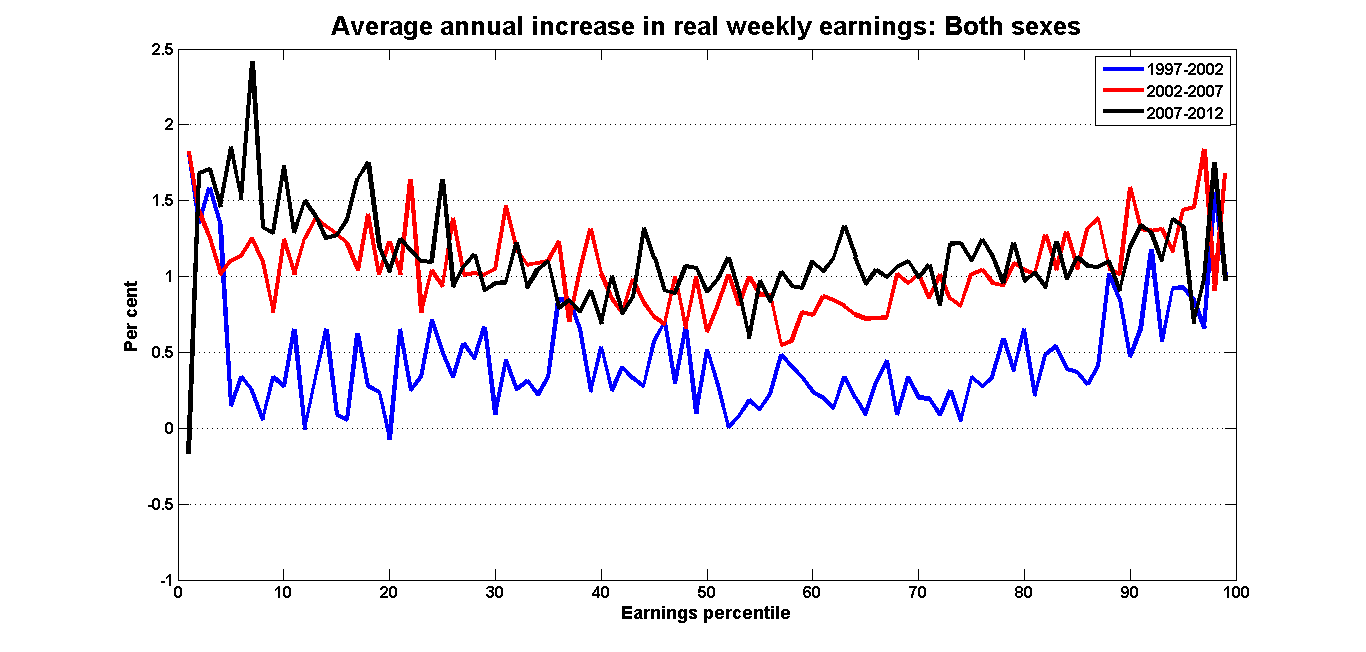Podcast: Play in new window | Download
Subscribe: Apple Podcasts | Android | Email | Google Podcasts | RSS | More
On this episode, three guests provide some perspective on the politics and the economics of the Fight for $15. First, I speak with Jonathan Rosenblum, campaign director at the first Fight for $15 at SeaTac Airport, just outside Seattle, Washington. Workers there won an immediate raise to $15 via a municipal ordinance in 2015. Jon is also an author and has recently published Beyond 15: Immigrant Workers, Faith Activists, and the Revival of the Labor Movement. Next, I move closer to home and talk to Sheila Block, economist at the Ontario office of the Canadian Centre for Policy Alternatives. Sheila lays out the context for the $15 and Fairness campaign in Ontario, one of changing work and a weaker labour movement. Rounding out the show, economics writer and researcher Nathan Tankus returns to the podcast to discuss the economic arguments in favour of raising the minimum wage. We go beyond the narrow issue of minimum wages to broader challenges to “textbook economics.”
As always, remember to subscribe above to get new episodes as they appear, rate the show on iTunes and donate to help keep this good thing going. Thanks!

